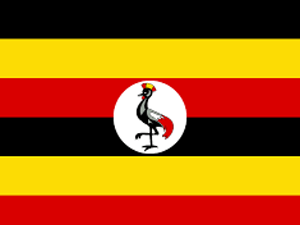 Uganda
Uganda
Differentiated Service Delivery in Uganda
Facility-Level
Coverage
%
% In Less-Intensive
Differentiated Treatment Models
%
Multi-month ART Dispensing
DART Model
Diversity
Differentiated Service Delivery Implementation in Uganda
Uganda joined the CQUIN learning network in 2017. Uganda’s National Guidelines for HIV Care and Treatment outline the need for diverse differentiated service delivery (DSD) models including facility- and community-based models that could be used to better reach recipients of care, and the need for robust quality and monitoring and evaluation (M&E) standards.
Recipients of care are highly engaged in Uganda’s DSD implementation and strategic decision-making processes, playing roles in the national DSD Technical Working Group, teams providing supportive supervision, and as ART group leaders.
Currently, Uganda offers four less-intensive models, including:
- One facility-based individual model: fast-track drug refills.
- One facility-based group model: facility-based groups.
- One community-based individual model: community drug-distribution points.
- One community-based group model: community client-led ART delivery.
As Uganda’s DSD program continues to mature, focus has increasingly shifted to strengthening national quality and M&E standards. In 2018, a team from Uganda visited Eswatini on a CQUIN-supported south-to-south learning exchange to learn about Mbabane Government Hospital’s client management information system, among other priorities. The knowledge obtained from this visit, alongside Uganda’s participation in the M&E virtual community of practice, has led to improvements in Uganda’s national M&E system, including revisions to the health management information system, and the development of new tools and resources. Uganda has also hosted several south-to-south visits, sharing its best practices in community-based DSD and the flow of data from community to facility levels with multiple CQUIN partner countries.
Uganda’s DSD program is also focused on quality improvement to increase the proportion of recipients of care in less-intensive models and increase the diversity of models offered. A study being conducted at Makerere University School of Public Health is investigating the DSD implementation process, including perceptions of providers and recipients of care, treatment outcomes, and challenges.
Resources
Taking Differentiated Service Delivery to Scale in Uganda
Uganda National Guidelines for HIV Care and Treatment
Learn more about ICAP’s broader portfolio of work in Uganda
 Loading...
Loading...

Visit ICAP's Website for a broader portfolio of work in CQUIN network countries.
